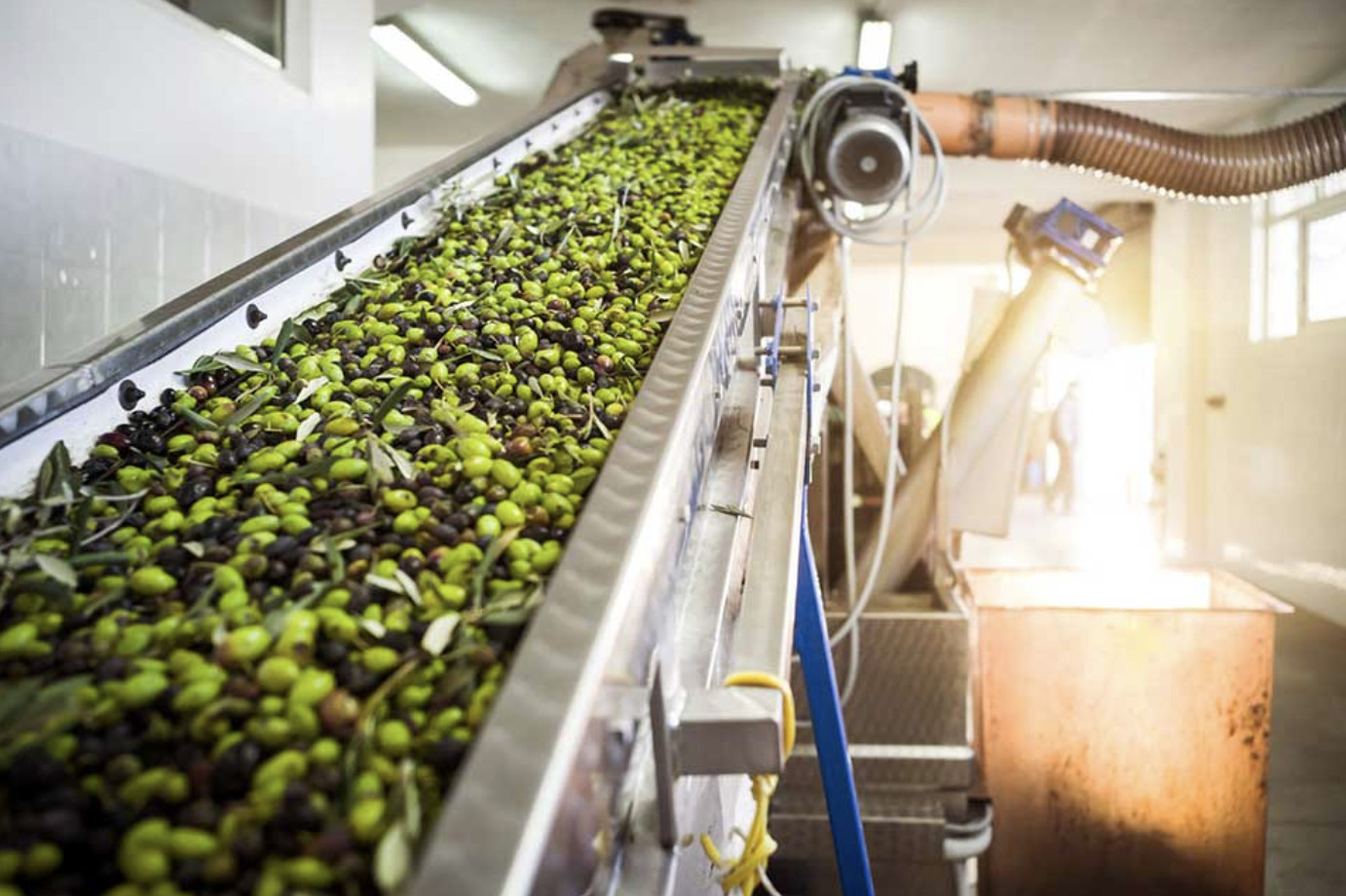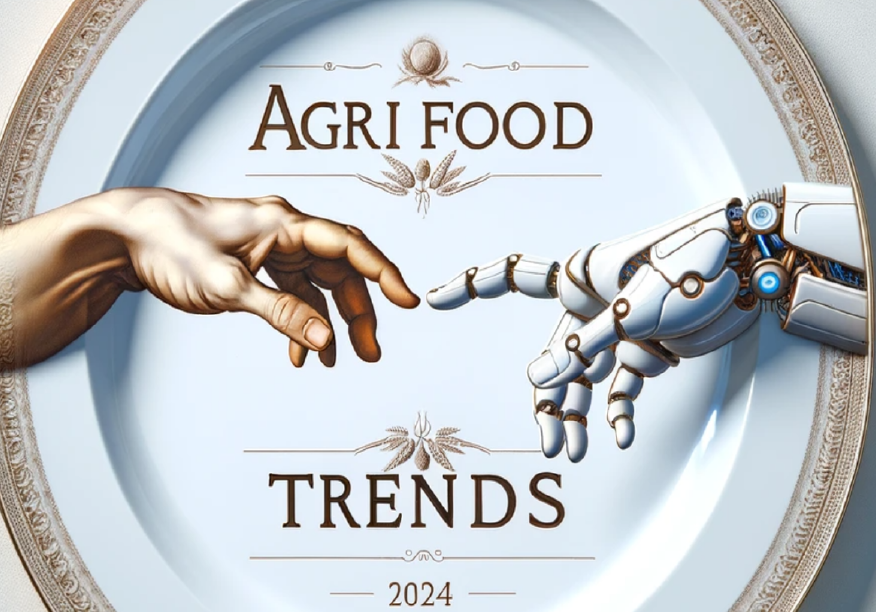The agri-food sector steps up its commitment to the most innovative technologies to meet its grand challenges (World Nation News Desk)
12/06/2023 12:00 Repercursión Informe de tendencias agroalimentarias 2023
The agri-food sector steps up its commitment to the most innovative technologies to meet its grand challenges
Innovation has become an essential companion in the new wave of digital transformation in the agri-food sector. Without it, companies in the industry are doomed to stagnate and lose competitiveness in a landscape marked by uncertainty but the entry of new players and changes in consumer habits. This was stated in the report “Food Trends in Agritech and Foodtech in 2023″ prepared by the European Foundation for Innovation and Technology Application (INTEC) and Indra’s company Minsat.
“Digital and sustainable transformation has become one of the fundamental levers to respond to the challenges in an intelligent, sustainable and inclusive way. It is this ability to provide high-value technological solutions for the agri-food chain that will make the Spanish sector will make it possible to create one of the most advanced, sustainable and competitive sectors in the world”, explains Alberto Bernal, director of Physital Territories. In MINSAT.
The Agri-Food Trends Report identifies some of these challenges that are already taking the pulse of the world market and that will be key to developing this increasingly essential industry in the future. First, climate change and the intensification of adverse natural events are affecting crop yields and, more generally, all aspects of food production, exacerbating the problem of water scarcity. New technologies consider smart irrigation, the use of water in a circular economy or the regeneration of wastewater, slurry and waste. Technologies such as artificial intelligence (AI) make it possible to monitor and forecast the weather, mitigating the effects of extreme weather events such as drought, hailstorms and floods. In the energy sector, electricity generation technology in renewables such as wind or photovoltaic solar is rapidly advancing, as well as the provision of solutions for intelligent energy communities, network management and energy efficiency are now irreplaceable. According to Juan Francisco Delgado, director of the report and executive vice president of the INTEC Foundation, “innovation with technology is the key to addressing these challenges in the agri-food chain”.
Another challenge that the document prepared by INTEC and MINSAT identifies is that of agro-industrialization, to which the company allocates technology such as sensors, drones or data analysis that improve production efficiency and optimize the use of resources. while increasing animal health and welfare. On the other hand, traceability solutions promote transparency and are also essential to address food safety, the third challenge facing the industry.
In this sector, for example, precision agriculture is a good example of the positive impact that disruptive technology, sensors, communications, operations solutions and data analytics are having on the agriculture sector. From field sensors that collect data on soil, climate, humidity and crop growth, to irrigation automation systems, or smart greenhouses, these are examples of the use of technology to improve production.
Fourth, it emphasizes the value that logistics have in the agri-food chain. An indispensable process that is more sustainable and efficient using IoT technology, artificial intelligence and the use of the cloud to monitor the temperature and humidity of products or allow full and real-time visibility of the supply chain.
Particularly important to MINSAT is the last of the challenges highlighted in the report: the lack of generational resiliency in the primary production system of agriculture and livestock. “The proportion of young farmers in Spain is one of the lowest in the entire European Union (EU). To counter this, we believe in an intelligent rural sector model, one of whose pillars is the adoption of sustainable technologies and practices, as well as The development of the region is through the promotion of local marketing and the exchange of resources between producers “, explains Alberto Bernal.
Experts also focus on technologies such as automation or advanced robotics to address labor shortages, as they improve operational efficiencies, increase production and increase income in the food supply chain.
The report “Feeding trends in agritech and foodtech in 2023”, which analyzes agri-food trends in Spain and Portugal, has been prepared within the framework of the HIBA project, within the Interreg-POCTEP program of the European Union. The document, which outlines the relevance of innovation in the transformation of the agri-food chain, highlights 10 broad trends that will consolidate within the industry in the coming years:
- New precision agriculture, livestock and aquaculture platform system. With a special focus on data management and automation through Artificial Intelligence (AI), which will be a force majeure in this sector.
- Applied Artificial Intelligence. Its growth in 2023 is estimated at 30%. AI is used to improve efficiency and sustainability in agricultural production and improve food security.
- alternative proteins derived from vegetables, insects and seafood; Vegetarian meat and cultured meat will be the trend. The production of artificial clothing as a way to improve the environment will be an increasingly powerful trend.
- Biotechnology (plant genetics and DNA improvement to fight disease), animal health and welfare.
- Food safety and traceability. The need to control the processes from primary production to end user with necessary transparency and data security will be fundamental. Economic transactions will be facilitated by the introduction of blockchain and payments in cryptocurrencies.
- Indoor Crops and Vertical Agriculture. This will be seen more and more often and combined with precision agriculture, it will be a new way to make water and food control more efficient, being able to harvest between 4 and 6 annual crops per season. Indoor climate and pest management will be key to this new business and especially in 2023.
- Robotics and artificial intelligence applied to agriculture. Robotics combined with artificial intelligence and spectral cameras will be a rapidly emerging trend in fruit harvesting and elimination of mechanical tasks.
- Measures to eliminate food waste: About 1.3 billion tonnes of food and 30% of the electricity generated to grow it is wasted every year.
- proximity market. Proximity markets, which connect local producers with consumers, are gaining in popularity and are expected to grow in 2023.
- stability solution. Sustainable solutions such as turning waste into fuel and organic fertilizers are becoming a growing concern for the environment.
For Juan Francisco Delgado, Director of Publications, “The trends reflect the need for innovation in the agri-food sector as well as the one that the sector is experiencing in primary production, where there is a tendency to introduce innovation and technology, and especially Changes in the industry and in logistics and distribution with artificial intelligence, which will mean a significant progress in the years to come.
Smart Agrifood Summit


 Información sobre Cookies
Información sobre Cookies
